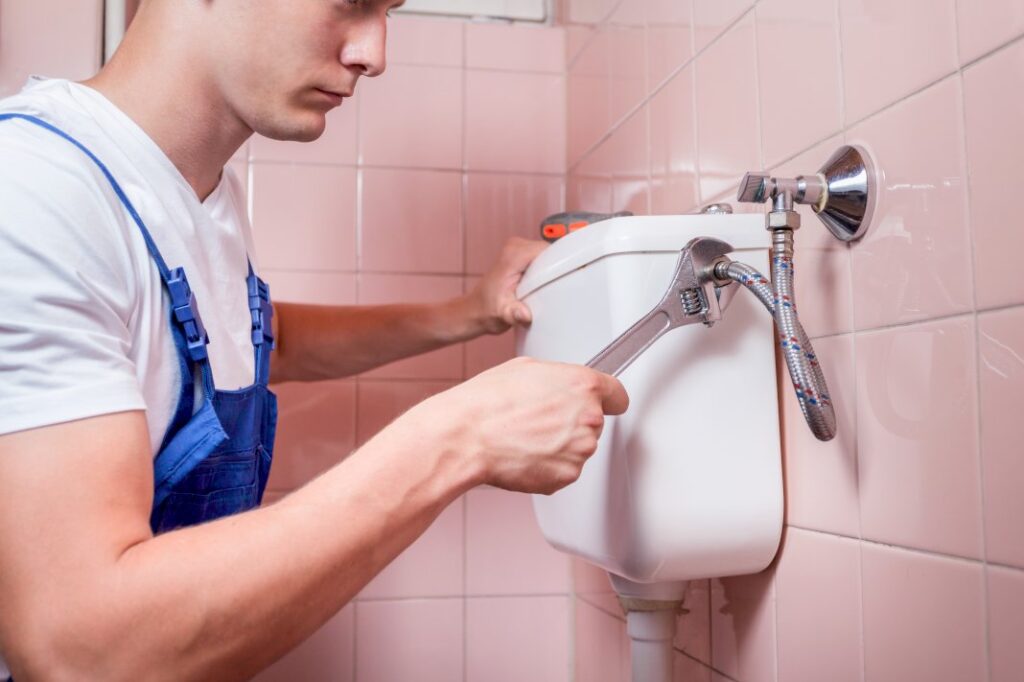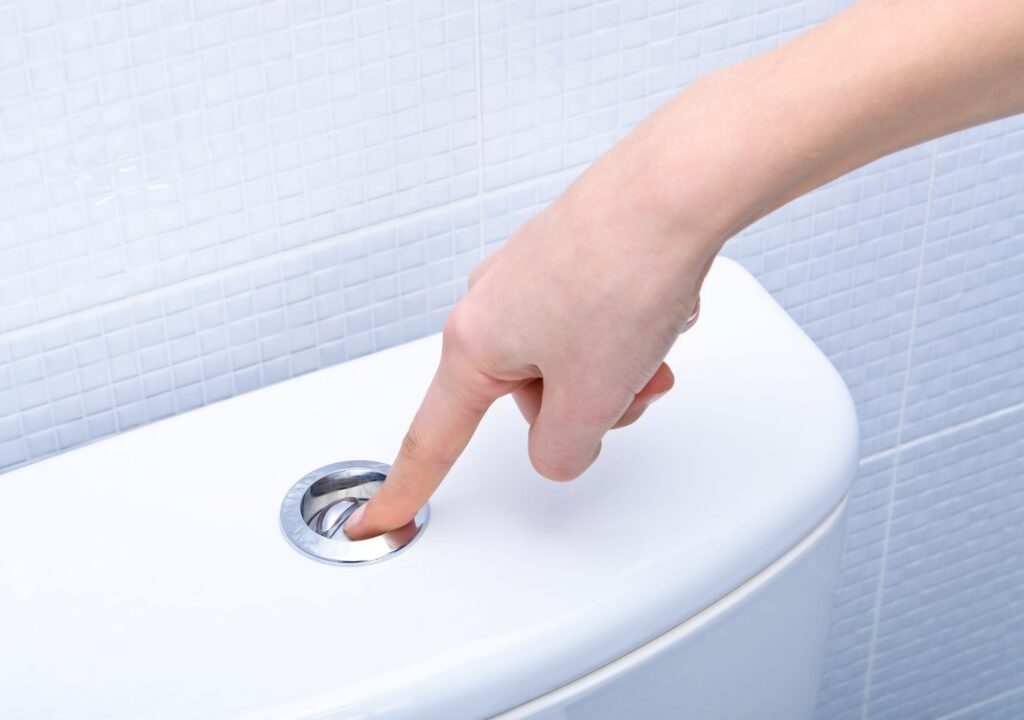- An overflowing toilet can cause significant water damage and be unsanitary.
- The leading causes of an overflowing toilet are clogs, a broken flapper, a malfunctioning fill valve, or a faulty toilet bowl/tank.
- To fix an overflowing toilet, turn off the water supply and check/replace any damaged components in the tank.
- Tips to prevent an overflow include properly using the toilet and considering upgrading to a low-flow model.
- If unable to fix the issue, it’s best to call a professional plumber for assistance.
An overflowing toilet can be a homeowner’s worst nightmare. Not only is it an inconvenience, but it can also cause significant water damage to your home if it’s not dealt with promptly.
While the cause of an overflowing toilet can vary, there are several solutions you can implement to prevent it from happening again in the future. This blog post will look closer at the causes of an overflowing toilet and the steps you can take to fix the problem.
Common Causes of an Overflowing Toilet
An overflowing toilet is one of the most unpleasant surprises any homeowner can encounter. It can cause not only water damage but also it can be unsanitary and smelly. However, once you know the causes of an overflowing toilet, it can be easy to prevent it from happening again.
Clogs
The most common reason toilets overflow is a clog in the drain. This can be caused by flushing inappropriate items such as feminine products, baby wipes, hygiene wipes, or excessive toilet paper. Foreign objects, such as toys, can also cause clogs, stuck in the pipes. To avoid clogs, use only toilet paper and always dispose of inappropriate items in the trash can.
Broken Flapper

The flapper is a rubber valve at the bottom of the toilet tank that regulates water flow into the toilet bowl. A broken or worn flapper can cause water to continuously flow into the toilet bowl, resulting in an overflow. Check the flapper regularly and replace it if it is damaged or worn.
Malfunctioning Fill Valve
The fill valve inside the toilet tank refills water after flushing. An overflow can occur if it is not filling the tank properly or continuously running. Check the fill valve periodically to ensure it is functioning correctly, and always hire a professional plumber to repair or replace faulty valves.
Faulty Toilet Bowl or Tank
The bowl or tank may have rusted or deteriorated if you have an older toilet. When this happens, water can escape through the cracks in the bowl or tank, causing an overflow. If your toilet is old, you may consider replacing it with a newer, more efficient model.
How to Fix an Overflowing Toilet
If you notice that your toilet is overflowing, you first should shut off the water supply to the bathroom. Look for a valve on the wall near the toilet’s base and turn it off. If you can’t find a valve, turn off the main water supply to your home.
Then, remove the lid on the tank and check the fill valve and float. If the fill valve is not working correctly, you may need to replace it. If the float is not adjusted correctly, adjust it to sit lower in the tank. If the problem persists, it’s best to call a professional plumber to address the issue.
When to Call a Professional Plumber
Sometimes, an overflowing toilet can be a symptom of a more significant problem in your plumbing system. If you notice that your toilet is overflowing regularly, or if you cannot fix the issue yourself, it’s best to call a professional plumber. A plumber can assess the problem and provide you with an effective solution to prevent it from happening again in the future.
Tips to Prevent an Overflowing Toilet

The best way to prevent an overflowing toilet is to ensure you use your bathroom correctly. Don’t throw anything other than toilet paper into the bathroom, as this can cause a blockage. Also, avoid flushing large amounts of toilet paper at once.
If you need to dispose of something other than toilet paper, use a garbage can instead. Additionally, consider upgrading your toilet to a low-flow model. These types of toilets use less water, which can reduce the risk of an overflow.
The Bottomline
Dealing with an overflowing toilet can be stressful, but you can quickly address the issue by understanding the common causes and solutions. If you cannot fix the problem yourself, it’s best to call a professional plumber to avoid further damage to your home. By preventing an overflowing toilet, you can ensure that your plumbing system remains in good condition and avoid costly plumbing emergencies.